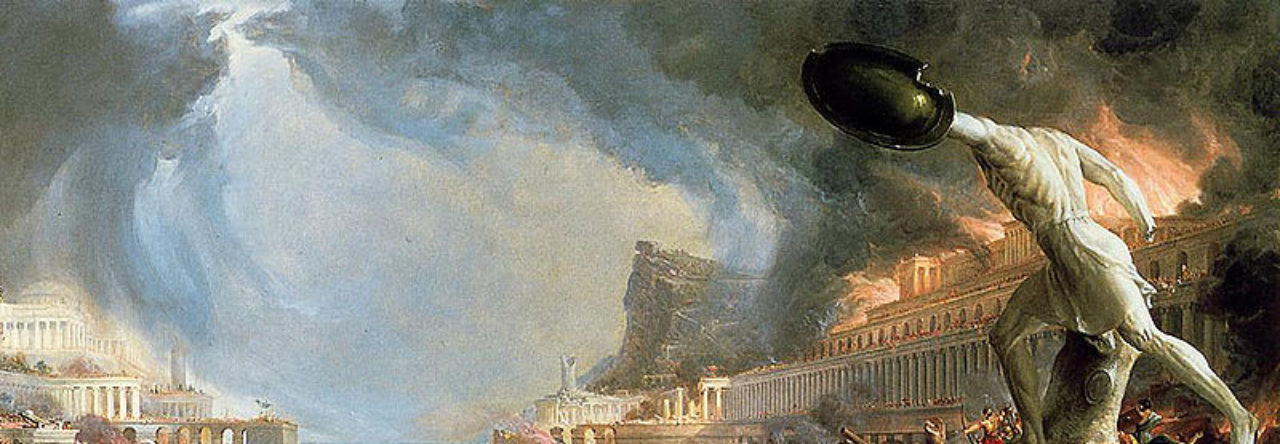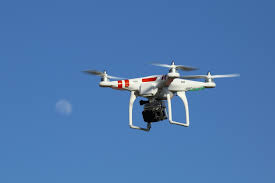So, Michael Clarke in the Guardian writes that the Saudi Arabian threat to invade Syria isn’t credible (it isn’t, if acting alone, but Saudi Arabia claims Turkey is onside, and Turkey is a credible threat.)
He then goes on as follows:
Militarily, the Saudi threat issued at Munich has to be made credible. If a ceasefire does not materialise soon, the Russians, Iranians and Assad himself have no incentives to quit while they are ahead. Only the possibility of Arab ground forces, from Saudi Arabia, Jordan and the UAE, heavily backed by western logistics and intelligence, air power and technical specialists, could force Assad and his backers to make a strategic choice in favour of cessation. Only the US could make that work for the Saudis and others – and only Britain could bring along other significant European allies.
So, he wants America involved in this invasion in a big, visible way, along with Europe.
The sheer crazy here is awe-inspiring. Clarke believes that a “vengeful Assad” would be a huge problem for the West if he reconstitutes Syria.
Big enough to risk nuclear war?
Why?
It’s a small country, destroyed by war, run by a pragmatist. I suppose it is possible Assad could sponsor terrorism, but he’s unlikely to risk anything truly large that would entail risking his own life in retaliation, nor could he expect Russia to defend him if he was truly sponsoring terrorism.
There is nothing in Syria, and never was, that was worth a war there, at least not for the West. Destabilizing Syria has caused nothing but headaches for the West, including the current refugee crisis, which is likely to seen, historically, as one of the causes of the EU either breaking up or becoming a largely toothless and ceremonial organization. (The main cause will be that the EU cripples its own members economically.)
(I am fundraising to determine how much I’ll write this year. If you value my writing, and want more of it, please consider donating.)
I am shocked at the level of political thinking which the Guardian considers worth publishing. Truly shocked, not just rhetorically. Insane NeoCon warmongering is one thing when you’re dealing with countries like Iraq and Libya, it is another when you are dealing with a country where one of the world’s great nuclear powers is currently fighting.
Stupidity like this could get a lot of people very dead, and not just Middle Eastern people the West doesn’t care about.
Nothing in Syria is worth risking a war with Russia over. Nothing.



